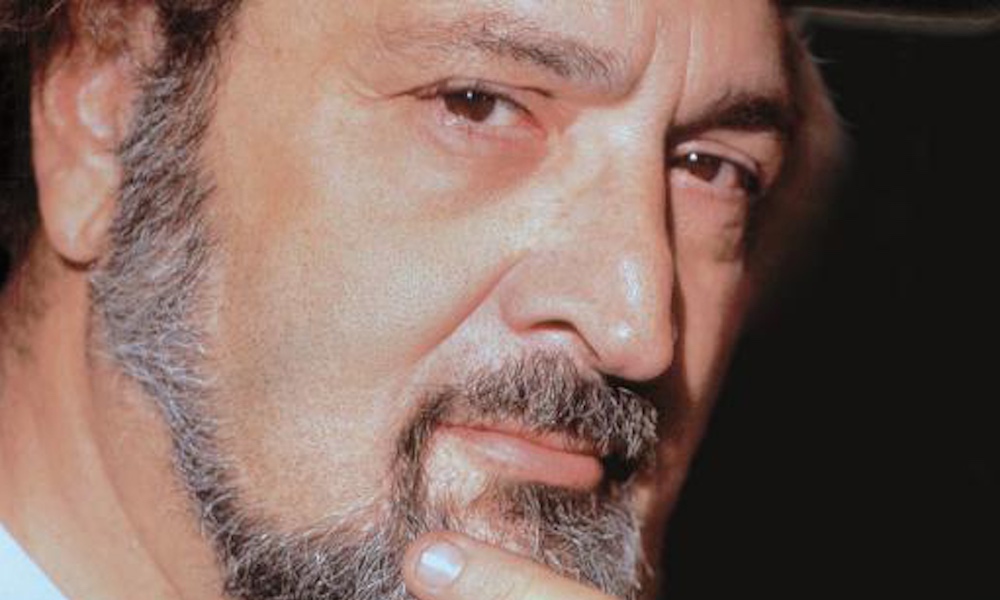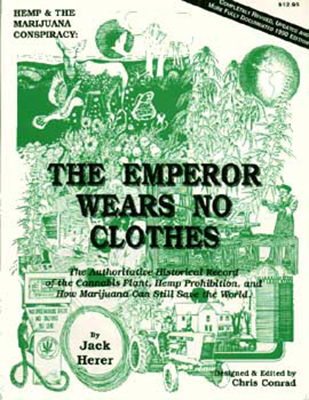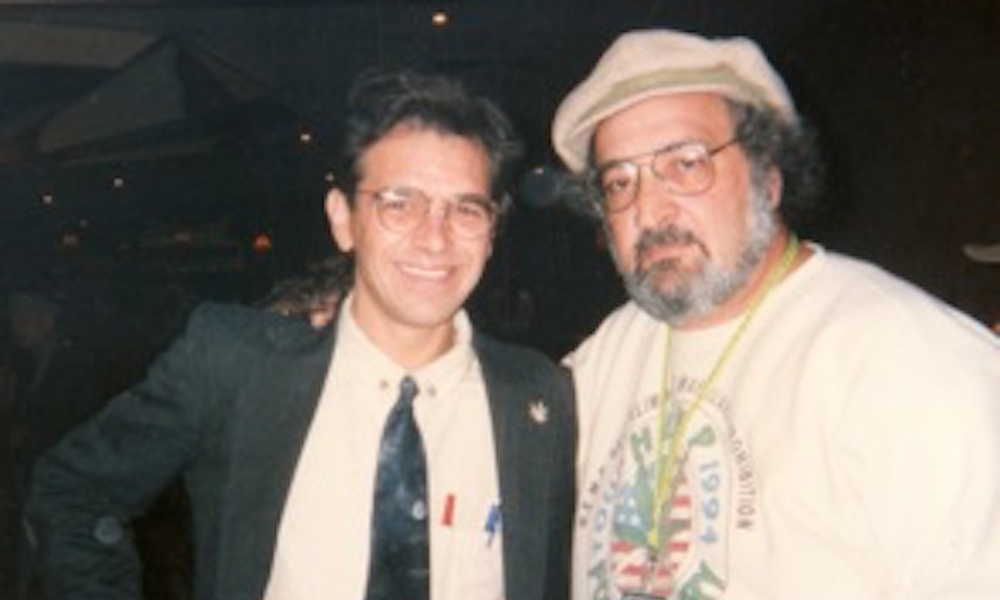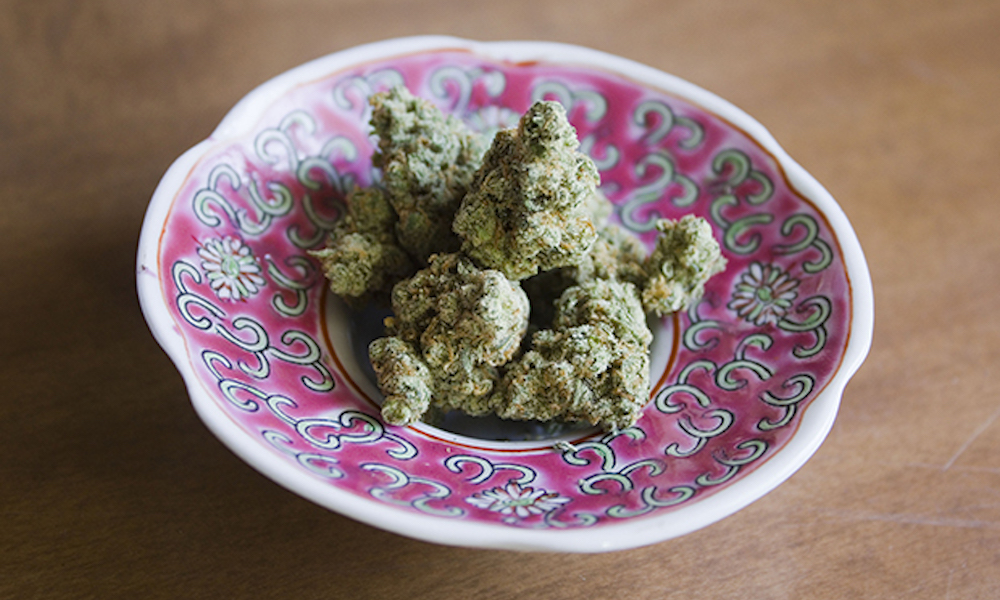
Culture
Remembering Jack Herer: The Hemperor of Cannabis
You have probably heard of the High Times Cannabis Cup award-winning strain Jack Herer, but did you know that Jack Herer is more than a strain?
Jack Herer was a real man, the Hemperor of cannabis, and was one of the most influential figures in the founding of the cannabis legalization movement.
Origins of the Hemperor
Jack Herer (pronounced hair-er, not her-air) was born on June 18, 1939, in Buffalo, New York to a conservative Jewish family. Herer’s father passed away while he was still a child, and as soon as he was old enough, Herer dropped out of high school to join the Army, serving as a military policeman and translator during the Korean War. When Herer returned home, he began raising a family in Southern California and had his first three children by the mid-60s, his sons Barry (named for Barry Goldwater), Dan and Mark. Later on, he had three more children, River, Chanci and BJ. Herer was not always the Hemperor of cannabis, believe it or not, he “allegedly threatened to leave the first of his four wives upon finding out that she had smoked pot.” After Herer divorced his first wife he moved to Los Angeles in 1967, where he discovered cannabis and experienced a self-transformation.

Herer spent the next half a decade immersing himself in everything cannabis and in 1973 he founded the Ah Ha Pipe Company. That same year marked the release of “G.R.A.S.S.” — “Great Revolutionary American Standard System: The Official Guide for Assessing the Quality of Marijuana on the 1 to 10 scale” — a zine Herer co-authored with Al Emmanuel, illustrated by Carl Muecke. In 1979, Herer teamed up with “Captain” Ed Adair to open a hemp store in Venice Beach, California. This became a friendship that would last the rest of their lives, as they both fought to legalize hemp until the day they died.
As a veteran of the Korean War, Herer was one of the first veterans leading the fight to legalize cannabis, and took the fight all the way to President Reagan himself. Along the way he recruited many other vets to his cause, his wife Jeannie explains, “he respected people like the veterans who were living under the bridges in LA, homeless veterans. These guys were the ones who volunteered to help him go out and get signatures on the sheet to get his initiatives passed.”
Canadians and Ronald Reagan
As told in the book “Pot Stories for the Soul” Herer recalls, “in May 1980, I began a series of protests on the front lawn of the Los Angeles Federal Building in Westwood that would last for as many as 100 days at a time [and] on the flagpole, we hung a huge marijuana-leaf flag.” The protest was an effort to register voters and collect signatures for a 1982 marijuana legalization initiative. In January 1981, a few days before taking office, President-Elect Ronald Reagan made an appearance at the federal building and remarked to the building manager, “Why are those Canadians down on the lawn?” The manager replied that they weren’t Canadians, “Those are the marijuana protesters, and they live down there 24 hours a day.”
Reagan promised that once he took office he would see what he could do, and what he did was reissue a World War II era anti-sabotage act which would prohibit anyone from being on federal property after dark. While the other five protesters who were charged in the incident all paid the $5 fine, Herer stuck to his principles, saying that he was registering voters, one of the most patriotic acts an American could do, and had done nothing wrong. In the end, Herer went to prison for 15 days, and it was in those two weeks at Terminal Island prison that “The Emperor Wears No Clothes” was born.
The Emperor Wears No Clothes
“The Emperor Wears No Clothes” is the culmination of more than a decade of research and life experience that Herer accumulated between moving to LA in 1967, and his fateful face-off with President Ronald Reagan at the Los Angeles Federal Building. First published in 1985, and printed on hemp paper, “The Emperor Wears No Clothes” is Herer’s magnum opus and greatest gift to humanity. The work is a non-fiction book that manages to be accessible to a wide variety of readers and covers a vast array of topics. It is also firmly grounded in historical and scientific facts. The work was largely put together at the insistence of Herer’s dear friend Captain Ed and is now in its 12th edition selling nearly 1 million copies and earning the title of, “the #1 best selling hemp book of all time.” Tied into Herer’s writing of “The Emperor” was his discovery of the U.S. Department of Agriculture’s WWII era short film, “Hemp for Victory”, which covers the numerous war-time uses for hemp and encourages farmers to be patriots by growing hemp to win the war.
Chris Conrad was a friend of Herer’s, founder of The Leaf Online, and someone who worked intimately with him to turn the first edition of the “Emperor,” which was “essentially a scrapbook of factoids about cannabis mixed with polemics against the Drug War” into the book we all know and love today. Conrad met Herer in 1989, after coming across a first edition of “The Emperor” which included a copy of the WWII-era USDA film “Hemp for Victory”. Herer’s expert research unearthed a film that the Library of Congress first told him did not exist and it was later restored to the national archives.
“Working with [Jack] on his book was an enlightening experience,” said Ellen Komp, the current deputy director of California NORML. “He read and re-read every line, weighing it for accuracy and impact. We worked at a 24-hour computer rental shop on Sunset Blvd. in Hollywood, on the graveyard shift (when rent was cheaper). Once in a while, he’d look around and say, ‘Everything here could be made of hemp. The plastics, the furniture, the carpets, the curtains…’”

The impact of “The Emperor” was immediate and far-reaching, including those outside the cannabis world. According to Rick Cusick, a friend of Herer’s, former co-editor at High Times and the current COO of Whoopi & Maya, “the early editions of ‘The Emperor’ had a esthetic/artistic influence on cutting edge magazine art directors working in the 1980s like Ray Gun’s David Carson, of course on the DIY esthetic in the 90s.” Herer, Cusick said, “was the heart of our movement and a true American original.”
Yes We CAN
In a 1991 interview with Captain Ed, Herer commented on their friendship saying, “This guy made me promise to work to legalize marijuana until I was dead, it was legal, or I turned 84. And we had a shake on it, and agreed to this, smoked a joint on it.”
Unfortunately Captain Ed died later that year from Leukemia at 50 years old, leaving Herer devastated, but far from alone in his quest for hemp legalization.
While Herer was out traveling on the road promoting “The Emperor” he was also busy creating the Cannabis Action Network with Rick Pfrommer, Debby Goldsberry and other members of his entourage. CAN, and by association Herer, became an integral part in the spread of 420 around the country during the ’90s while they were doing their Hemp Tour. It was in 1994 that Herer met his fourth wife, Jeannie. They married three years later in 2000.
By now, Herer had been trying to legalize cannabis in California for nearly 30 years and had circulated several different ballot initiatives over the years.
“After the ‘Emperor’” says Conrad, “we set about our next task, co-authoring and filing the 1990 California Hemp Initiative (CHI).” Conrad added that, the CHI “has been refiled and circulated repeatedly since, including this year, but it never made the ballot.” As opposed to Prop 215 which was exclusively medical, Conrad explains, “the California Hemp Initiative was comprehensive legalization — industrial hemp, medical marijuana, adult use and commercial distribution all in one bill.”
Prop 215 was the work of Dennis Peron, Dr. Tod Mikuriya, and a team of dozens of other activists (including Komp, Conrad and his wife Mikki Norris), and when it passed in 1996 it created America’s first medical cannabis program. After getting “quite upset” when his friends were hired as organizers for the Prop 215 campaign, Herer ended up becoming a signature gatherer and also converted many of his CHI supporters into dual signature gatherers to aid both bills.
The Healing Power of Mushrooms & His Final Years
In 2000, the same year he married Jeannie, Herer suffered his first stroke while in Portland, four minutes into the middle of an impassioned speech. The stroke left him with great difficulty speaking, Mary Otte was Herer’s personal assistant from 2004-2005, and says that Herer, “credited low doses of Amanita muscaria on the daily for making connections necessary for speech after his stroke.” Herer explained this process briefly in a 2005 speech he gave in Monterey. In reply to a friend suggesting he try LSD, he said “I will try some amanita muscaria” and taking just a couple of grams a day he was able to regain his ability to speak. Carson Higby Flowers was one of Herer’s caregivers after his stroke and remembers “giving him cannabis oil in capsules” and fondly recalled, “the time we took mushrooms and watched Young Frankenstein on Halloween together. We laughed so hard it hurt… Putting on the Ritz part really cracked him up. I think it was because he could relate to not being able speak clearly like he once could.”
In September 2009, while back in Portland for the Hempstalk festival, Herer bellowed out this message of encouragement to a crowd “You’ve got to be out of your mind not to smoke dope… It is the best thing the world has ever had!” While exiting the stage he ran into his old friend Conrad, who was about to take the stage to speak. Conrad remembered that fateful encounter well, he was on stage reminiscing on his work with Herer, “when a woman walked onto the stage and interrupted me. She took the mic and said ‘Jack needs your prayers now.’” Conrad finished his speech and saw an ambulance drive by, not knowing who was inside. “Only later did I learn that Jack was in that ambulance: He had had a heart attack just after we spoke and he never recovered. It was the last time I saw him alive.”
Herer fought on another seven months until April 15, 2010, when he passed away from complications from his heart attack.
“The most amazing thing about him was his powerful voice, which could be heard clear as a bell at the back of any event where he spoke,” Komp said. “It was a gift that he used well, stumping around the country to preach the hemp message at a time when very few knew more than ‘rope and dope’ about hemp. His work reinvigorated the marijuana reform movement after the horrible 1980s ‘Just Say No’ days imprisoned and stigmatized so many. On a personal level, he was a warm and loving man, always with a twinkle in his eye and a love for life. He’s the reason I became an activist and I miss him to this day.”
Herer never lived to see a single state legalize cannabis for recreational use, and now, only six years after his death, four states, and Washington D.C., have legalized the adult use of cannabis. On top of that, since Herer’s passing 11 more states, and Washington D.C., have legalized medical cannabis. One plot twist in the effort to legalize cannabis Herer never lived to see was the passage and spread of CBD-only medical cannabis programs, which are now in 16 states. Herer would have been 76 on June 18, neither he nor Captain Ed could make it to 84 as they promised each other many years ago, but their legacy will last for countless years onward.
This week marks not only Herer’s birthday, but is a major week for cannabis conferences on both coasts of America, bringing together a diverse and eclectic crowd of investors, hippies, political activists, government regulators, and all manner of other folks. In this time of exponential growth it is worth asking what would Herer do? What would he have to say regarding the heavy commercialization of the plant he hoped would save the world? What would he think about thousands of cannabis prisoners still locked away for growing a plant?

Jack Herer the Strain
“Getting high on myself – there’s no other high quite like it!” – Jack Herer
Jack Herer was reported to be a very big fan of smoking the strain that bears his name, and it is no surprise as to why, as Jack Herer has won at least “14 prizes in various cannabis competitions, making it the most decorated strain in the world.” Jack Herer was a close friend with Ben Dronkers, the master breeder at Sensi Seeds, who wanted to honor his friend’s work on the ‘Emperor Wears No Clothes’ with a gift fitting his namesake. After several years of intense work to stabilize the genetics, Jack Herer was ready to be released to the world, and “was launched in 1994 during a ceremony in The Cannabis Castle… done in the presence of the most important figures in the cannabis industry and, of course, of the man himself, who triumphantly enjoyed this moment.”
TELL US, have you ever smoked the Jack Herer strain?
























